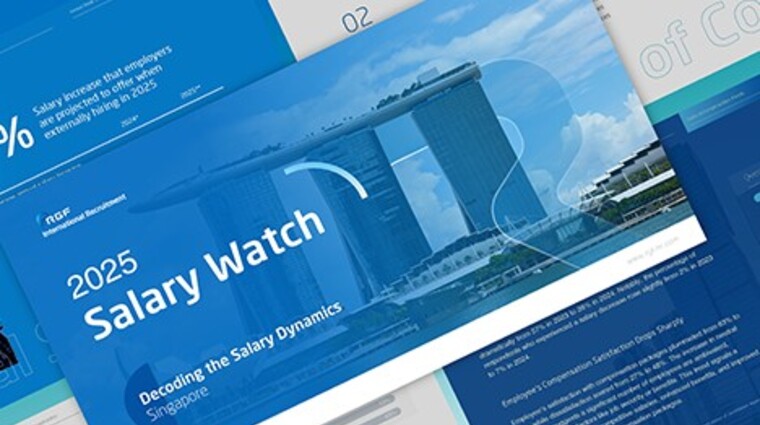Achieving work-life balance is about blending professional responsibilities with personal well-being. Singapore's evolving policies, such as the Tripartite Guidelines on Flexible Work Arrangements (FWAs) effective 1 December 2024, provide a structured framework for employees and employers to collaborate on this goal. Here are actionable steps that combine these guidelines with practical insights.
1. Flexible Work Arrangements (FWAs): The Foundation for Balance
FWAs, like remote work, flexible hours, and job sharing, enable employees to better manage their time. Employers can:
1. Develop role-specific flexibility plans to ensure continuity.
2. Use digital tools for seamless communication and productivity.
Employees should establish clear work boundaries to prevent work from encroaching on personal time.
2. Prioritise and Plan for Efficiency
Work-life balance requires intentional time management. Employees can:
1. Use tools to organise daily tasks and prioritize critical responsibilities.
2. Set aside non-negotiable family time and communicate these commitments to employers.
Employers can support this by fostering a results-driven culture rather than one based on long hours.
3. Cultivate a Supportive Workplace Culture
A positive organisational culture is key to balance. Employers should:
1. Provide access to mental health resources and encourage open discussions about well-being.
2. Offer training on how to effectively implement FWAs while maintaining productivity.
Team leaders can lead by example, setting boundaries and advocating for flexibility.
4. Leverage Technology for Seamless Integration
Smart use of technology bridges the gap between work and personal life. Employees can rely on task management software and virtual meeting tools, while employers can encourage the use of shared calendars and team platforms to ensure efficient collaboration.
5. Establish Personal Boundaries
While FWAs provide flexibility, employees must set boundaries to prevent burnout. This includes:
1. Designating a workspace at home to separate work from personal life.
2. Avoiding work-related communications during personal time.
Employers can support this by implementing "no after-hours emails" policies to respect downtime.
6. Embrace Quality over Quantity
Work-life balance is about making the most of your time, not stretching yourself thin. Employees should focus on meaningful personal interactions and hobbies to recharge. Employers can foster this by promoting family-friendly initiatives, such as company-sponsored family days or wellness programs.
Conclusion
Work-life balance in Singapore requires commitment from both employers and employees. With the Tripartite Guidelines on FWAs providing a clear framework, individuals can better integrate professional goals with personal responsibilities. By embracing flexibility, communication, and intentional living, achieving harmony between work and family is not just possible but sustainable.





















